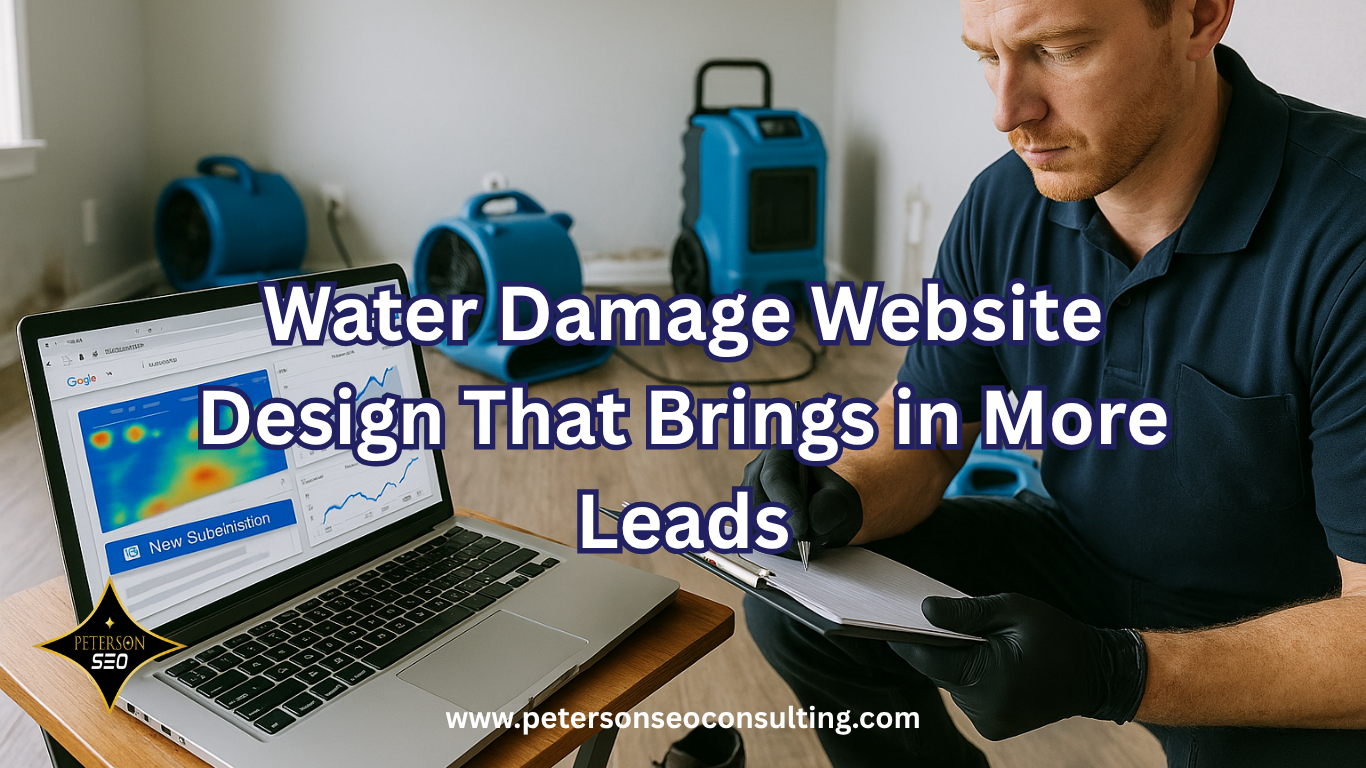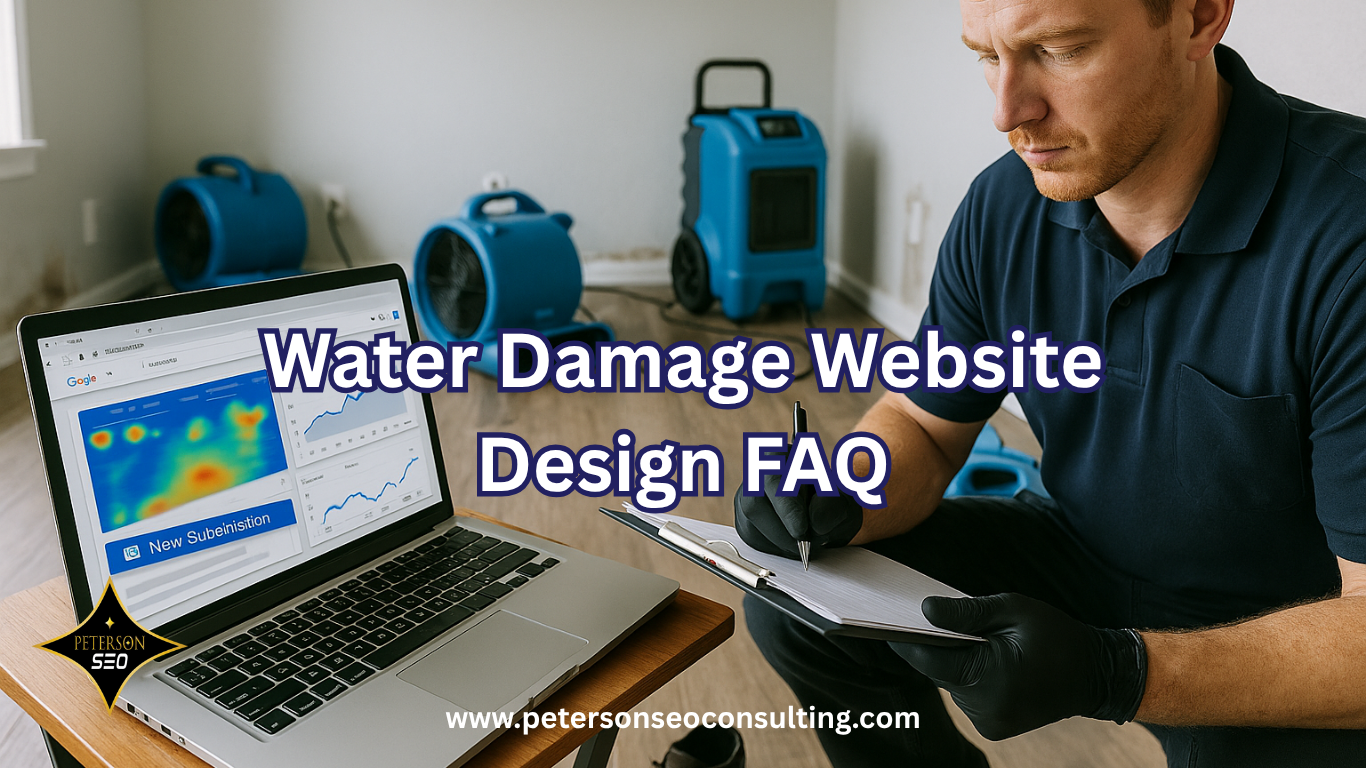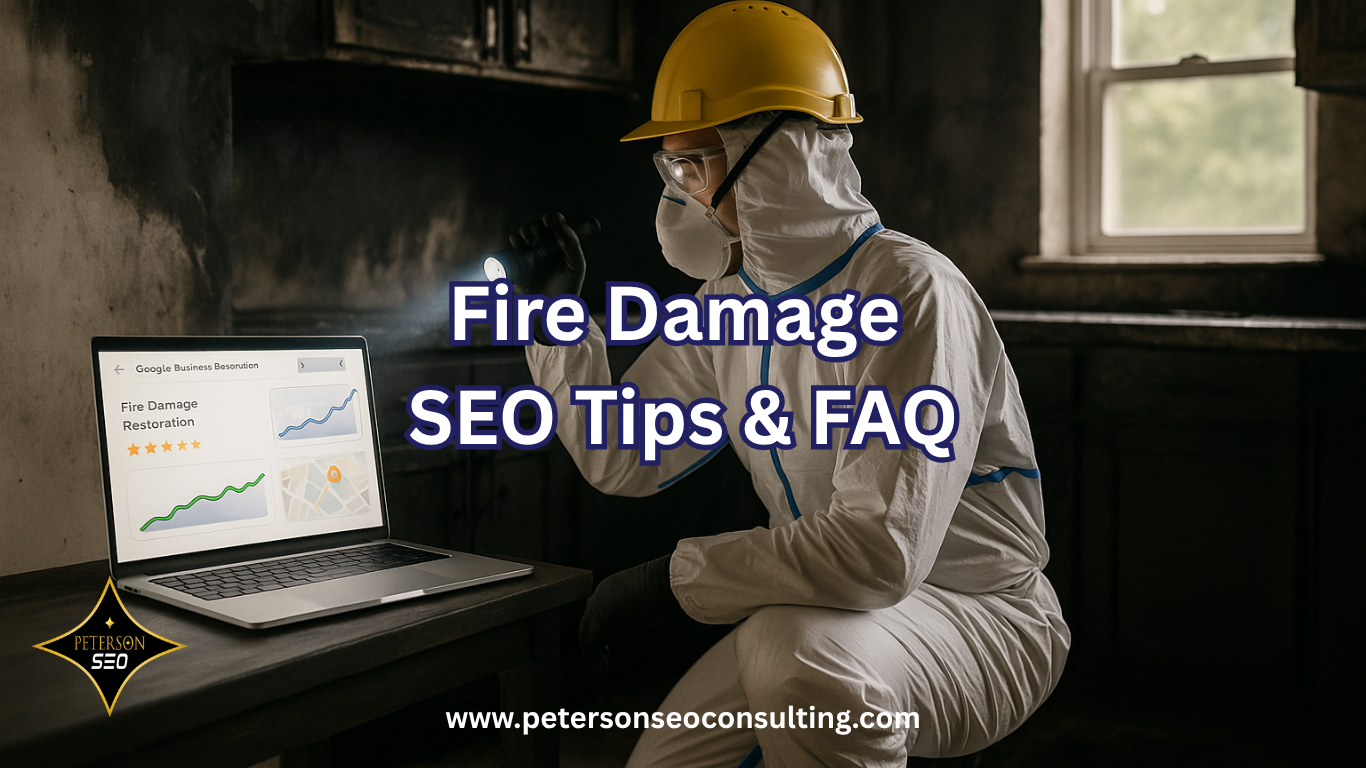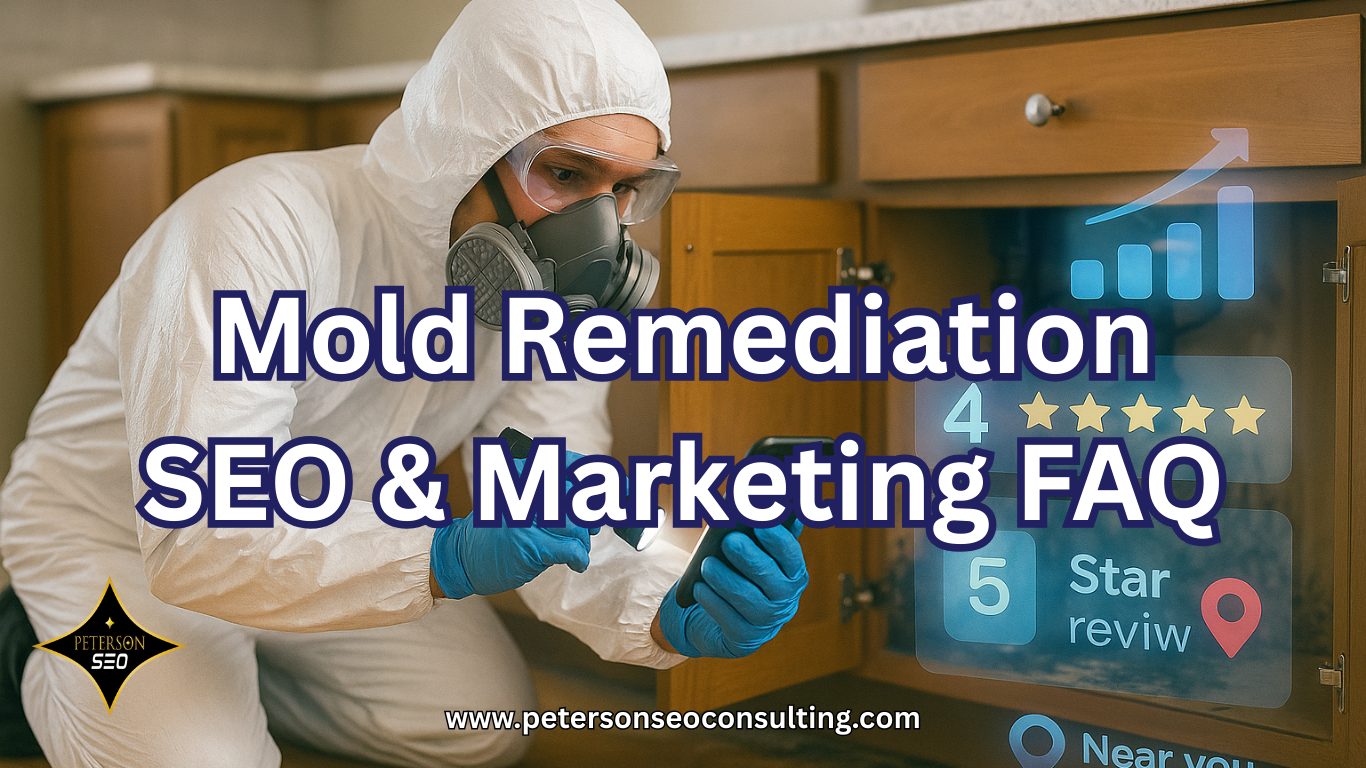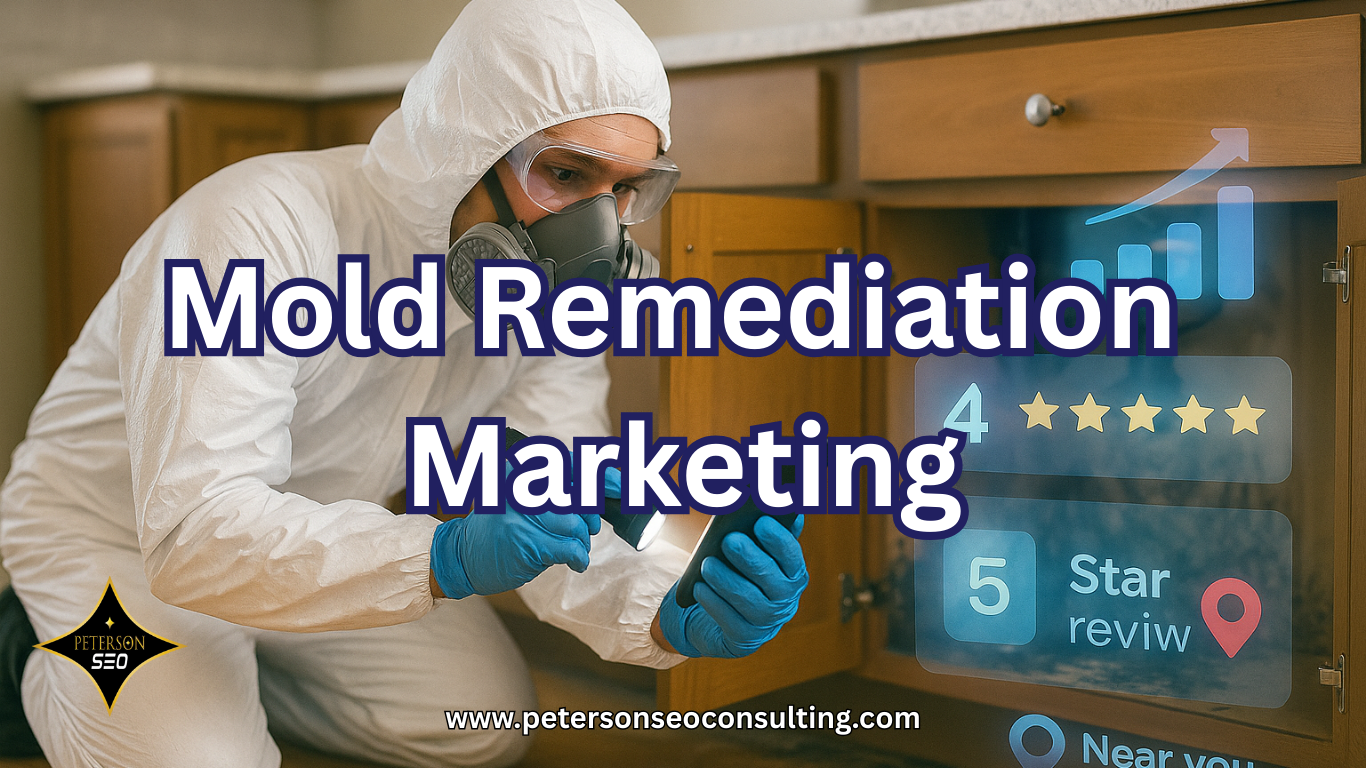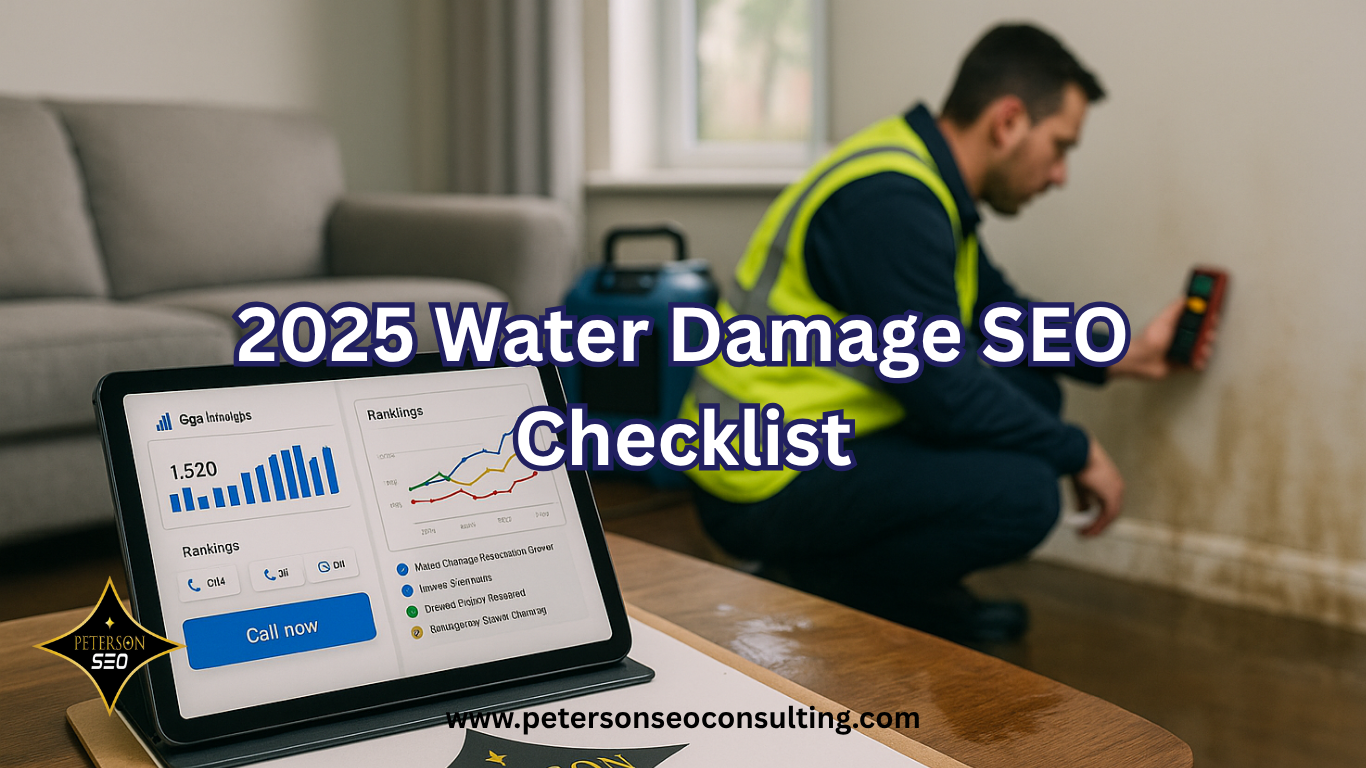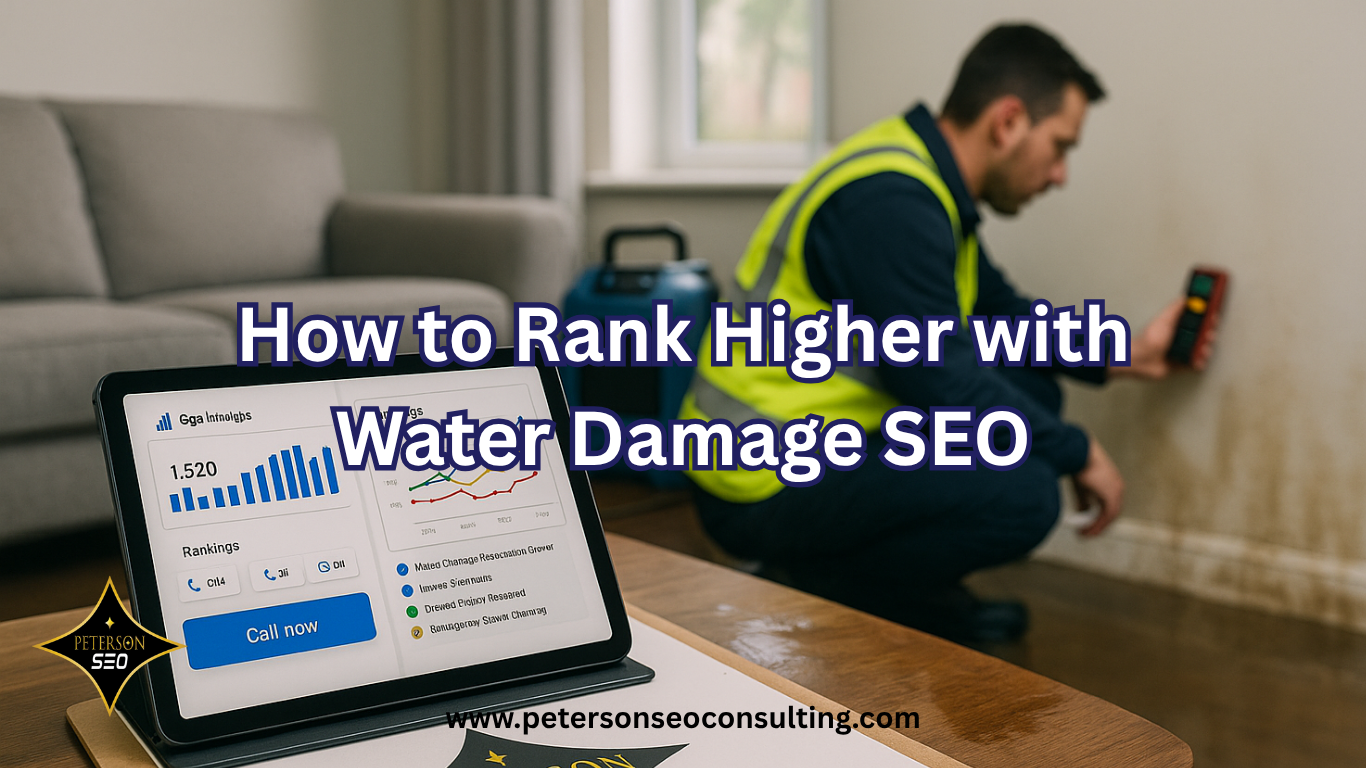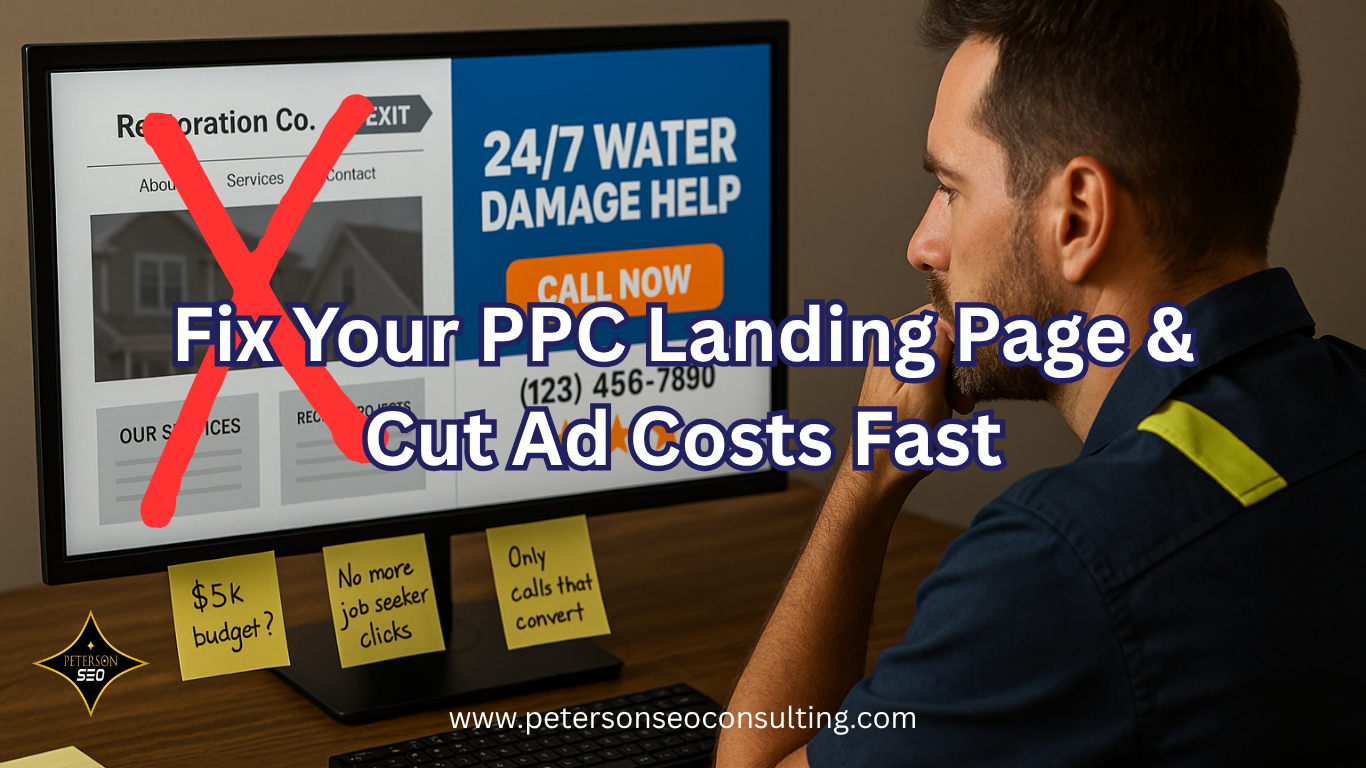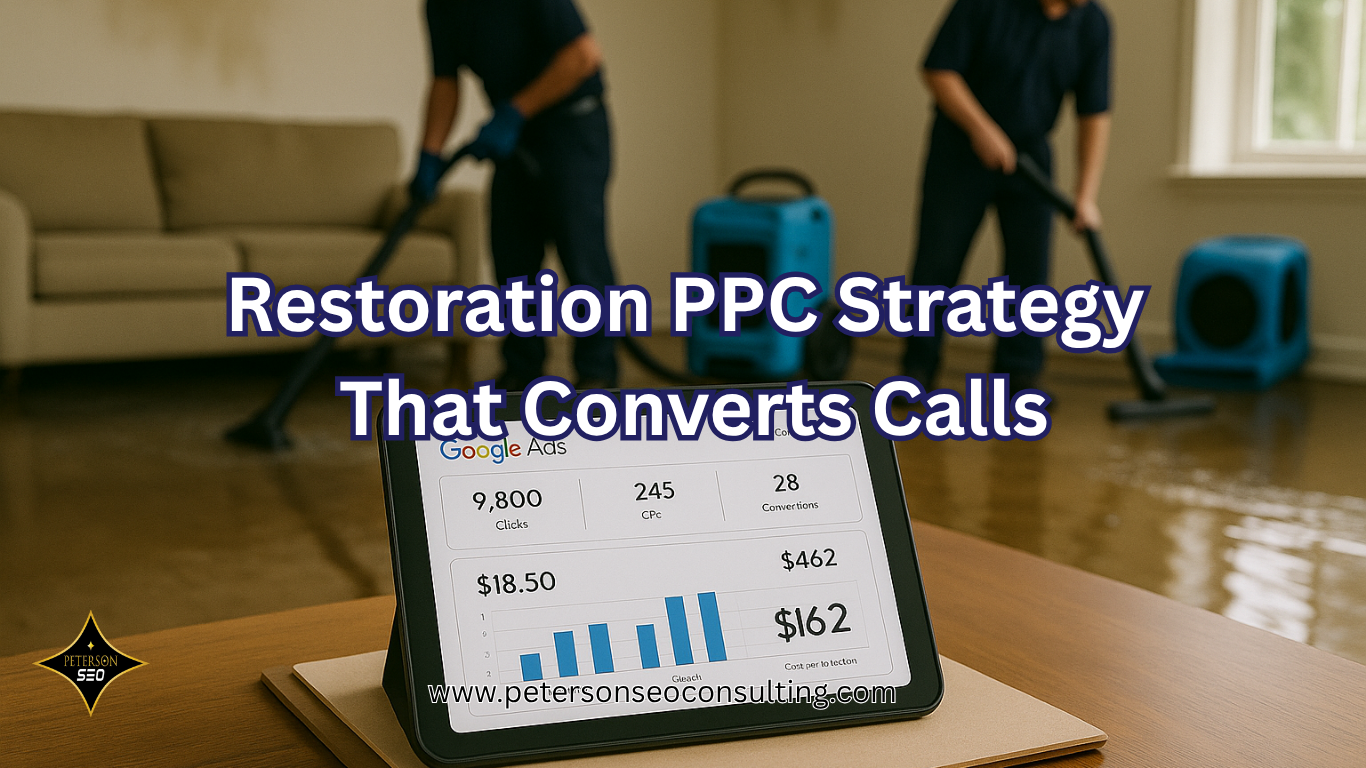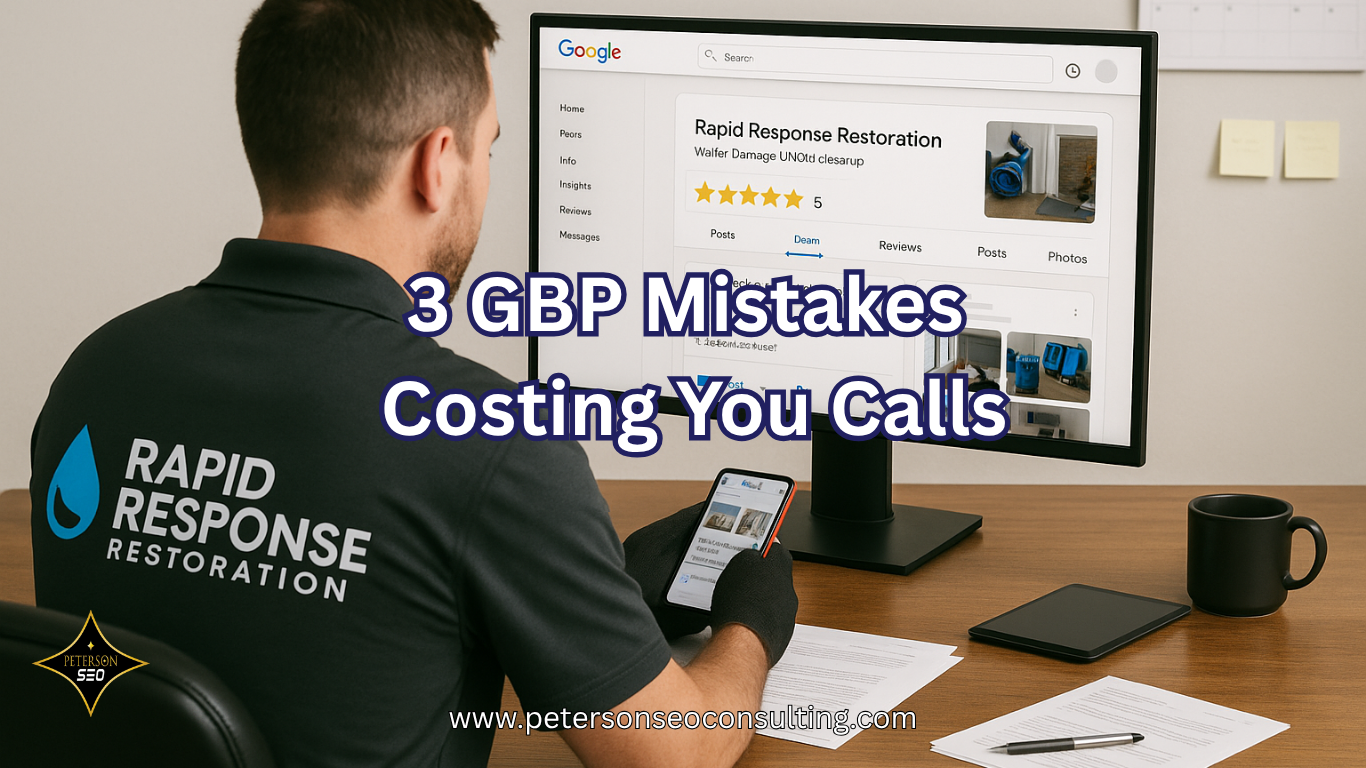Water Damage Website Design That Brings in More Leads
August 1, 2025 | Chico, CA | Albuquerque, NM | USA
In the restoration world, your website isn’t just a digital brochure—it’s your #1 sales rep. Available 24/7, it’s the first impression most people get of your company. If it looks outdated, loads slow, or doesn’t guide users to take action, you’re probably losing jobs every single day. Especially for water damage leads, where timing is everything, your website needs to work fast, look legit, and give people a reason to call right now.
At Peterson SEO, restoration marketing is what we live and breathe. We specialize in helping independently owned restoration companies grow and scale through smarter web design, SEO, AEO, and proven content strategies. We’re genuinely passionate about this industry because we know how important your work is—and how many people need it when things go sideways fast. That passion drives everything we do. We’ve helped dozens of water damage contractors build high-converting websites that are structured to rank, pull leads, and convert those leads into real jobs. And we’re ready to help you do the same.
Why Website Design Matters More Than Ever for Water Damage Leads
First Impressions Happen in Seconds
Most visitors decide in less than 3 seconds if they’re staying on your website—or hitting the back button. And in the restoration world, they’re not just browsing for fun. They’ve got an emergency and need help fast. A clunky, slow, or confusing site tells them you’re not the one to trust.
That’s why first impressions are huge. Clean layout, easy navigation, and a headline that speaks directly to their problem—that’s the trifecta. Think: "24/7 Water Damage Cleanup in [City] – We’re On the Way in 60 Minutes." That hits way harder than a generic “Welcome to our site.”
Google Cares About Your UX Too
It’s not just your customers that judge your site—Google does too. Over the past year, Google has placed increasing importance on UX (User Experience) as a ranking factor. This includes how fast your site loads, how well it works on mobile, and how easy it is for someone to get the info they need without friction. Sites with poor UX are less likely to rank, even if their content is decent.
UX includes things like site structure, page speed, and interactivity. Google’s Helpful Content update placed a massive emphasis on building people-first content and websites that provide real value. According to Google’s official guidelines, helpful content paired with good UX directly influences your rankings.
The Non-Negotiables of High-Converting Restoration Websites
Speed, Mobile-Friendliness, and CTA Placement
If your site takes more than 3 seconds to load, you’re losing leads. Period. Fast hosting, image compression, and proper coding are the foundation of a high-converting site. Don’t cut corners here.
Make sure your call-to-actions (CTAs) are obvious and above the fold. That means a big “Call Now,” “Request Emergency Service,” or a web form that’s right there when the page loads. Click-to-call buttons are also a must...especially for those panicked late night water damage searches. Your CTAs should also appear consistently throughout your homepage and service pages, not just at the top or bottom.
No Clutter—Just Clear, Direct Messaging
Your homepage shouldn’t look like a novel. People want answers fast. But that doesn’t mean you skimp on content. You actually need more written content than your competitors—at least 1,500 words or more on your homepage alone. What matters is how you present it.
Use smart design: break up content with bold headings, tabs, bullet points, icon blocks, images, and FAQs. That makes it easy to digest without overwhelming your visitors. When done right, your site provides deep, rich content that ranks well but also keeps users engaged and clicking. Content is key, but it must be digestible.
Homepage content should be laid out in chunks with tabs, visual dividers, and strong CTA buttons throughout. It should answer their questions fast while signaling to Google that you’ve got relevant, high-quality info.
Structuring Your Website to Rank, Convert, and Scale
This is the bare minimum structure you need if you’re serious about ranking for local water damage jobs and converting real leads. Anything less is holding you back.
Dedicated Service Pages for Every Major Service
You can’t just have a single page for “restoration services” and expect to rank. Water damage, fire damage, mold remediation, biohazard cleanup—each one needs its own page with its own keywords, content, and local focus. Google ranks individual pages, not whole websites.
Optimally, your website should have a main hub for each major service with individual subpages for each specific offering—like water damage website design, flood extraction, structural drying, and so on. This layout lays the foundation for content strategy and strengthens efforts like how to rank higher with water damage SEO.
Local Landing Pages That Build Trust and Visibility
If you want to rank in multiple cities or service areas, you need a dedicated page for each one. And no, listing 20 cities in a paragraph at the bottom of your homepage doesn’t count.
Each location page should include details about your services in that city, local landmarks or neighborhoods, and even customer reviews from that area. This shows Google and potential clients that you actually serve those communities. Bonus: add localized photos or team member spotlights to increase trust.
For best results, don’t just stop at a city summary. Build separate pages for every city and every service. That means a separate water damage page for each city, fire damage page for each city, and so on. The more granular and local, the better. This structure also naturally supports your internal strategy around mold remediation marketing.
Making Your Website Work for Google and Real People
AEO Isn’t Optional Anymore
AEO stands for both Answer Engine Optimization and Ask Engine Optimization. It’s how search engines and AI bots surface your content when people ask questions. If your site doesn’t answer those questions clearly and efficiently, you’re invisible to tools like Google Assistant, Siri, and ChatGPT.
Structure your site to answer real user questions using headers, FAQ sections, bullet points, and strong internal linking. This supports your rankings in voice and smart searches—and brings in better qualified leads. This is especially true when optimizing around the nuances of fire damage SEO.
Build with EEAT in Mind—Not Just SEO
EEAT stands for Experience, Expertise, Authority, and Trust. This is what Google looks at when deciding which sites should show up in competitive searches.
Showcase your credentials—photos of your team in action, before-and-after project galleries, licensing and certifications, and customer testimonials. Don’t just tell Google you’re legit—prove it.
FAQs About Water Damage Website Design
What’s the ideal homepage layout for a water damage company?
You need a fast, mobile-friendly homepage that shows users you’re available 24/7. Your header should clearly state your core service and include a bold CTA, followed by a short trust section (certifications, reviews), and then your main service sections with images, bullet points, and calls-to-action.
Avoid long paragraphs or massive text blocks. Instead, break up your content with tabs, photos, and visual dividers. Keep your form short and visible and place it above the fold. Make it insanely easy for someone to call or click.
How should I structure my website’s service pages?
Each service should have its own page: water damage, mold remediation, fire cleanup, etc. with keyword targeted titles and content. Use subpages under each category to target longtail searches.
Example: Water Damage > Structural Drying, Flood Extraction, Leak Cleanup.
This builds a strong foundation and supports your rankings in each niche. It also boosts the relevance of your site for search engines, helping your content show up when people search for those exact services.
Why is my site getting traffic but not converting?
Lots of reasons: slow load speed, no mobile optimization, weak CTAs, or your content doesn’t match the user’s intent. People may be landing on your site but bouncing because it doesn’t solve their problem quickly enough.
Use tools like Hotjar or Microsoft Clarity to run session recordings and heatmaps. These tools help you see where users are dropping off or getting confused. Test different CTA placements and messaging. If you're not converting, something's missing in your site’s communication.
Final Thoughts: Your Site Should Be Working as Hard as You Do
Your website isn’t just a box to check. In the water damage world, it’s the bridge between your next big job and the one that got away. If your site’s not ranking, not converting, or just feels outdated—it’s costing you way more than you think.
At Peterson SEO, we don’t just build pretty websites. We build sites that perform, convert, and help restoration companies grow. We understand your business, your market, and what it takes to dominate online. If you're serious about making your website work harder than your top tech, let’s talk. Fill out the form at the top right hand side of the page or hit the call button below and we’ll audit your current site, walk you through real solutions, and show you how we help companies win online without wasting budget. Stop waiting, contact us today!
AUTHOR
Jessica is the CEO of Peterson SEO Digital Marketing Agency and is a serial entrepreneur that has not only owned and managed her own businesses, but also helps other small businesses grow to new levels. Learn more about Jessica & Peterson SEO.

